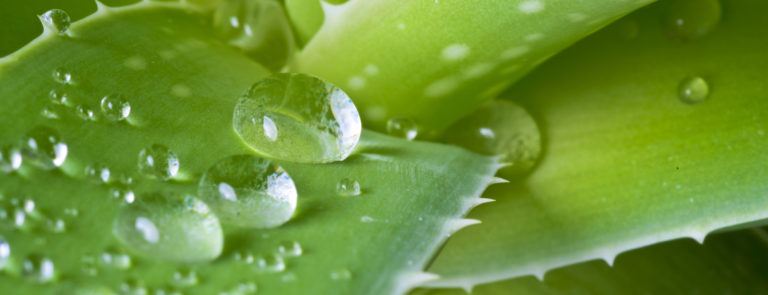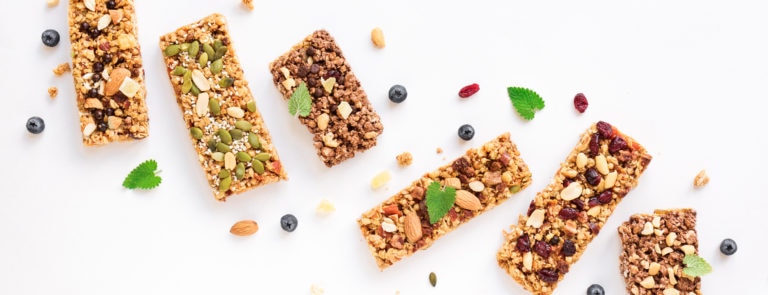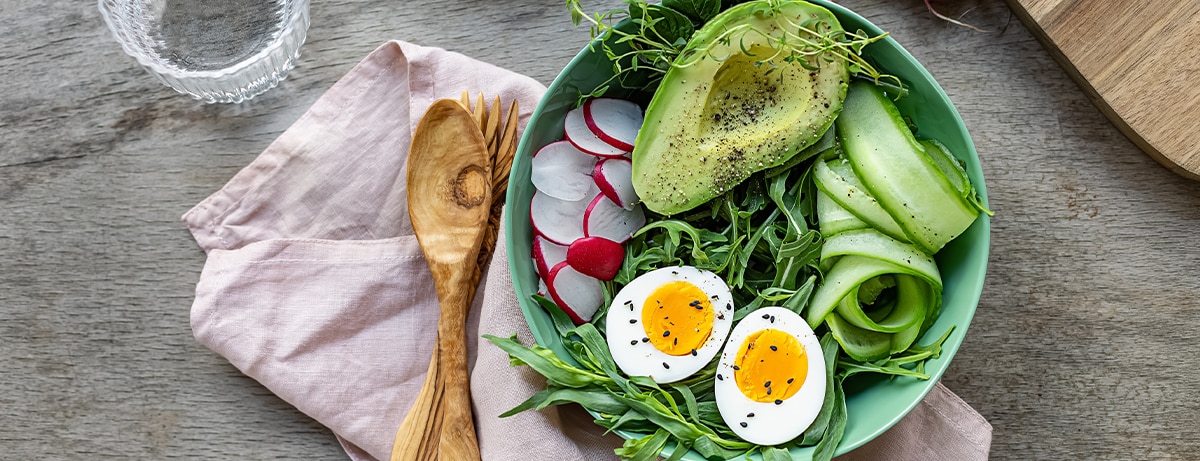10% off £35
6 reasons to start using aloe vera

What do you know about aloe vera? Well, if you’re here reading this article, then we’d like to think that it’s piqued your interest, which is always a good place to start.
Is aloe vera that much of a big deal? What are the benefits of aloe vera juice? What are the common uses of aloe vera?
Questions aside, let’s start answering them for you, as well as shedding some light on the many reasons why people have incorporated aloe vera into their skin and hair care regimes.
But before we launch into the reasons for using aloe vera, we just want to quickly explain what it is.
What is aloe vera?
Aloe vera is a medicinal plant that’s been used to treat various health conditions for thousands of years.
You can apply it directly from the plant or buy it in juice, gel or capsule form.
Aloe vera itself is a clear liquid/substance that’s found in the many aloe vera for skin, aloe vera gel for hair and aloe vera juice products you see for sale in the shops and online.1
It’s the clear gel that’s found inside the leaves and the yellow substance, known as latex, that sits just underneath the plant’s skin, that are the two main sources of medicinal aloe vera.2
6 reasons to start using aloe vera
-
Heartburn relief
Ever heard of Gastroesophageal reflux disease (GERD)? Well, it’s a digestive disorder that can cause heartburn. However, the good news is, aloe vera can potentially help calm the heartburn.
According to a study carried out in 2010, drinking 1 to 3 ounces of aloe gel at mealtimes can reduce the severity of GERD. It can also help ease other digestion-related problems, mainly because it’s low in toxins and therefore gentle on heartburn.3
-
Sunburn soother
Aloe vera gel has cooling and soothing properties making it one of the most natural solutions for sunburn or burnt skin. Not only does it provide a protective layer, it’s packed with antioxidants and minerals and can help speed up the skin-healing process.4
-
Natural laxative
Aloe vera happens to be a natural laxative. The Mayo Clinic recommends that aloe vera can be used to relieve constipation, but sparingly. A dose of 0.04 to 0.17 grams of dried juice should be enough to help encourage bowel movements.5
-
Spot aid
Aloe vera contains antimicrobial properties that helps protect against bacteria. It also contains something called polysaccharides and gibberellins that are known to help stimulate new skin cells to generate, while reducing inflammation and redness. It also has astringent properties, i.e. reduces the size of pores and excess sebum and dirt.6
-
Hair repair
As well as doing amazing things for our skin, aloe vera’s also said to work wonders on our hair too. It actually has a pH level that’s similar to our hair's natural pH level. It contains lots of water and is full of vitamins and minerals.
It also contains proteolytic enzymes that help repair dead skin cells on the scalp, which makes aloe vera gel for hair a great conditioner that’s capable of reducing dandruff and delivering deep down nourishment.7
-
Body detox
The benefits of drinking aloe vera are as exciting as the impact it can have when applied topically on our skin or hair. Because it’s full of amino acids, vitamins and minerals, it can help strengthen digestion and detoxify our bodies from the inside.
Its soothing and moisturising properties can help with inflammation and irritating heat caused by the menopause, as well as skin and digestive issues, such as acne, rosacea and IBS.8
6 other (surprising) reasons to love aloe vera
- It’s great for hair growth9
- You can use it to stop your food from going off10
- It can help with frostbite11
- It’s a great alternative to mouthwash12
- It can live and flower without soil13
- It’s made up of 99% water14
We’ve only touched on some of the aloe vera benefits, there are many more of them out there.
Aloe vera has been used – and loved – for many hundreds of years to provide a natural helping healing hand both inside and out.
The beauty of aloe vera is that it can be applied on our skin, face included, and our hair and is known to work wonders for so many things.
We hope after reading this article you’re planning to start using aloe vera or incorporate some more into your everyday regimes.
As the information we’ve shared above shows, you can use it as much or as little as you like. Before you do anything, take a look at this article, which talks you through key information, including dosage and side effects.
Last updated: 10 June 2021
- https://www.healthline.com/health/how-to-use-aloe-vera-plant
- https://www.nccih.nih.gov/health/aloevera
- https://www.healthline.com/health/7-amazing-uses-aloe-vera
- https://pharmeasy.in/blog/9-aloe-vera-benefits-for-face-skin/
- https://www.healthline.com/health/7-amazing-uses-aloe-vera#digestion
- https://pharmeasy.in/blog/9-aloe-vera-benefits-for-face-skin/
- https://www.elle.com/beauty/hair/a25860228/aloe-vera-for-hair-benefits/
- https://www.marieclaire.co.uk/life/food-drink/aloe-vera-juice-benefits-45473
- https://www.curlyellie.com/blogs/ingredients/10-interesting-facts-about-aloe-vera
- https://www.curlyellie.com/blogs/ingredients/10-interesting-facts-about-aloe-vera
- https://www.mayoclinic.org/diseases-conditions/frostbite/diagnosis-treatment/drc-20372661
- https://www.healthline.com/health/7-amazing-uses-aloe-vera#alternative-mouthwash
- http://justfunfacts.com/interesting-facts-about-aloe-ver
- https://www.housebeautiful.com/lifestyle/gardening/a4129/aloe-vera-plant-facts/














